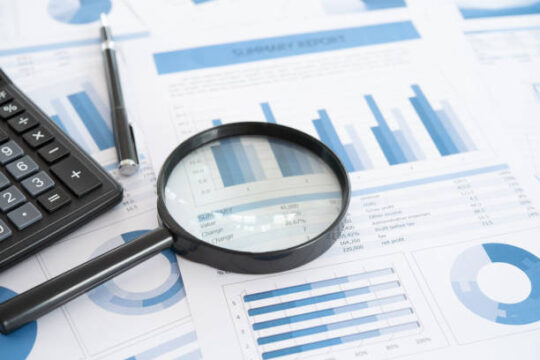Data preparation is the art of preparing data to be effectively used for further processing and analysis. Simply put, data is gathered, combined, structured, and organized to drive the desired outcomes. The significant data preparation steps include profiling, cleansing, validating, and transforming raw data into ideal forms of machine learning (ML) algorithms and then visualizing the data. Throughout the article, we’ll cover everything related to data preparation, including its steps, best practices, and the benefits it offers to your organization.
Useful Data Preparation Tools in the Market
The data preparation process is time-consuming and manual. Moreover, using analytics tools with data preparation capabilities can automate the process, saving time for analyzing prepared data.
Some of the practical data preparation tools in the market are:
- SAP
- Tableau
- Altair
- Tibco Software
- Microsoft
- Altair Monarch
Every individual or organization deals with specific data sets. Moreover, you need to work on the raw data to drive specific desired outcomes, i.e., preparing the data for analysis. According to recent surveys, around 76% of data scientists and engineers find data preparation tiresome and an unfavorite part of their job.
Fortunately, companies can follow some easy steps to prepare adequate data. This guide outlines the benefits, tools, and challenges. Let's walk through it!
What is Data Preparation?
Data preparation is the art of preparing data to be effectively used for further processing and analysis. Data is gathered, combined, structured, and organized to drive the desired outcomes. The significant data preparation steps include profiling, cleansing, validating, and transforming raw data into ideal forms of machine learning (ML) algorithms and then visualizing the data. It is a crucial step earlier than preprocessing and involves reformatting the data, making required corrections, and combining sets to enhance the data sets.

The Top Benefits of Data Preparation
Now that we have covered the context of data preparation, let us explore the benefits.
Error Fixing
Data preparation aids in fixing errors before processing. After data is removed from the source, these errors become challenging to understand and correct.
High-Quality Data
During data preparation, the entire data set is cleaned, validated, transformed, and more; thus, all the data used for analysis will be top quality.
Better Business Decisions
The higher the data quality, the more quickly it can be processed and analyzed, leading to better business decisions.
Steps in the Data Preparation Process
Data preparation is carried out in specific steps. This involves the following:
Data Collection
Relevant or valuable data is collected from different sources, such as data warehouses, data lakes, etc. The only factor BI professionals, data analysts, and end users who collect data should consider whether the data is ideal for further analysis.
Data Discovery and Profiling
The next step is data discovery and profiling, wherein the gathered data is explored closely. Further, it is understood what it mainly contains and what must be done to make it up to and ready for the intended users. Data profiling is responsible for discovering errors, missing values, and anomalies in the data.
Data Cleansing
After knowing the errors in the prior step, it is necessary to correct them. Data cleansing does the same; it fixes the data sets' errors and makes them accurate and precise.
Data Structuring
The data needs to be well-organized and structured to meet the analytics requirements. For example, data stored in any file format or CSV must be converted into tables to make it accessible for analytics tools or BI.
Data Validation and Publishing
In the final step of data preparation, automated routines are run against the data to validate consistency and accuracy. The prepared data is then stored in the data warehouse or repository and made available to users.
Five Best Practices for Data Preparation
Here are some of the best data preparation practices to achieve outstanding results.
- Make sure to gauge the source of data, type, and volume. Who is the end of the data prepared, and what is its purpose?
- Store all the data and their raw and processed results.
- Never delete the raw data. Engineers or data scientists can recreate transformations using the raw data.
- Record every phase of the data pipeline. Create different versions of the data and the application that converts the information.
- Initially, work on small data sets rather than larger ones.
Conclusion
In conclusion, becoming an expert in data preparation is essential in today's data-driven world. In this blog, we’ve explored everything about data preparation with the skills and know-how to clean, transform, and analyze data efficiently. Professionals with a strong data preparation foundation are better equipped to extract valuable insights, make wise decisions, and eventually succeed in their pursuits. Stay updated with our blogs for more insightful information.
Also Read:
Decoding Data Mining Vs Machine Learning: Unveiling Distinctions




